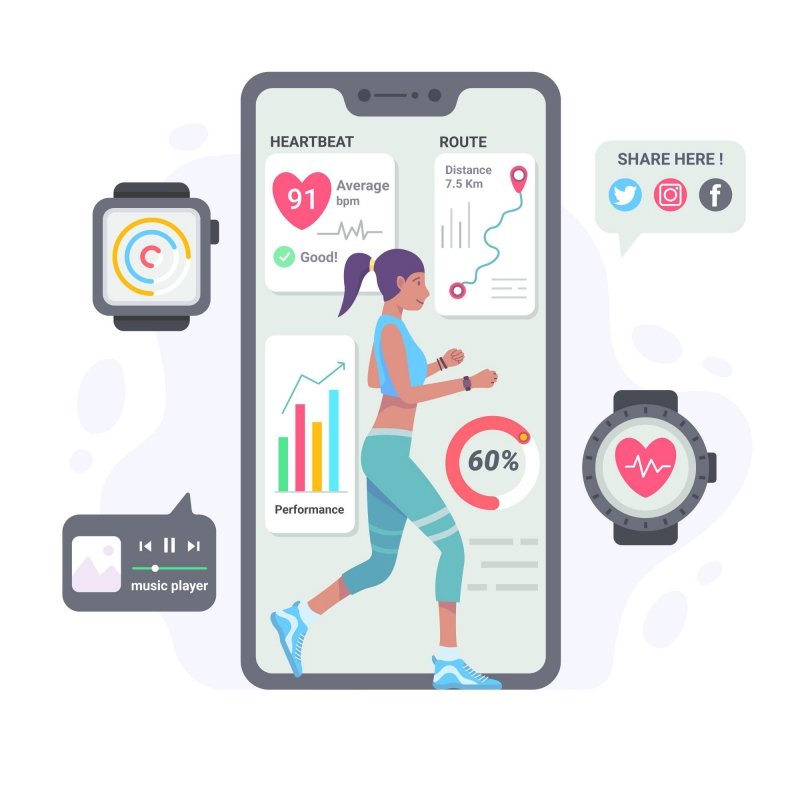
Gamification and financial incentives to increase physical activity among patients at elevated CV risk
News - Apr. 7, 2024At ACC.24, Dr. Alexander Fanaroff presented findings from the BE ACTIVE trial, demonstrating how gamification and financial incentives effectively boosted physical activity among patients at risk for cardiovascular events over a 12-month intervention period.
Despite the well-known health benefits, many individuals, especially older adults with heightened cardiovascular risk, struggle to meet the recommended levels of physical activity. Previous studies have shown that employing behavioral economics strategies like gamification and financial incentives can increase physical activity in the short term. However, their long-term effectiveness and the optimal approach remain uncertain.
The BE ACTIVE study aimed to address these questions by investigating the sustained impact of gamification, financial incentives, or a combination of both on physical activity levels in high-risk patients compared to a control group.
The randomized clinical trial (RCT) enrolled patients with a 10-year ASCVD event risk of ≥7.5% or established ASCVD. Participants were equipped with wearables to track physical activity and underwent a two-week run-in period to establish baseline activity levels. Those with an average daily step count of <7500 proceeded to the study phase. After setting individualized daily step count goals (increasing by 33-50% compared to baseline), 1062 patients were randomly assigned to one of four groups: gamification, financial incentives, gamification + financial incentives, or control. The gamification group engaged in a weekly game with loss-framed points, levels, and social support, while the financial incentive group received loss-framed monetary rewards (up to $14 per week). The combination group received both incentives, while the control group received only daily text messages. Patients were followed up for an additional 6 months, during which all groups received daily text messages.
Main results
Over the 12-month period, all intervention groups showed significant increases in daily steps compared to the control group, with the combination group demonstrating the highest increase.
Similarly, all intervention groups exhibited greater increases in weekly moderate to vigorous physical activity (MVPA) compared to the control group, with the combination group showing the most substantial improvement. However, the positive effects on MVPA somewhat diminished during the follow-up period.
Conclusion
The BE ACTIVE trial demonstrated that gamification, financial incentives, and their combination effectively enhanced physical activity levels among patients at risk for cardiovascular events over the long term. Notably, the combination of gamification and financial incentives appeared to be the most potent strategy. Additionally, even the control group, which received goal-setting guidance and daily text messages, showed improvements in physical activity, underscoring the value of simple interventions in this population

Share this page with your colleagues and friends: